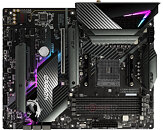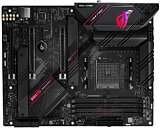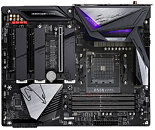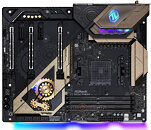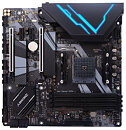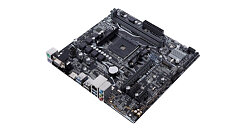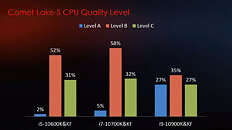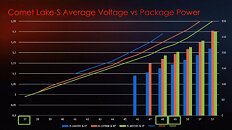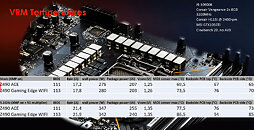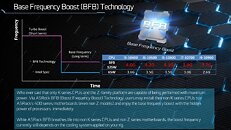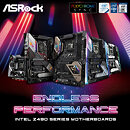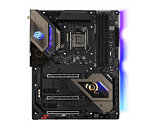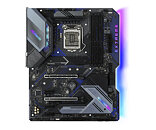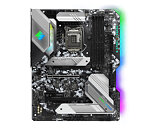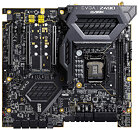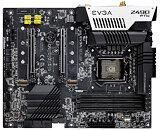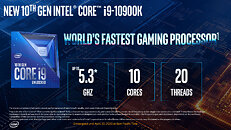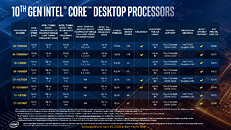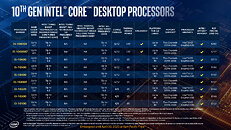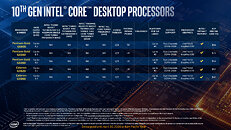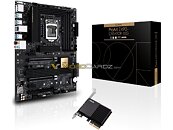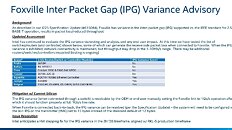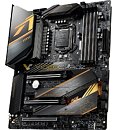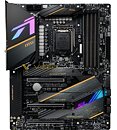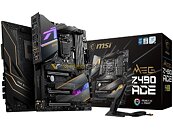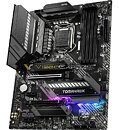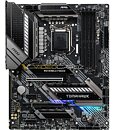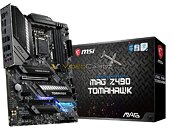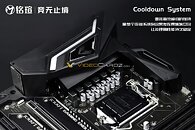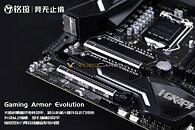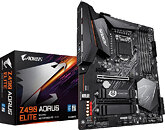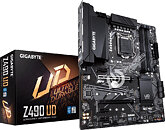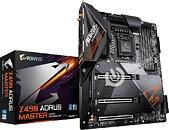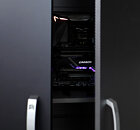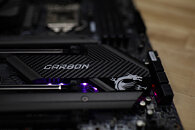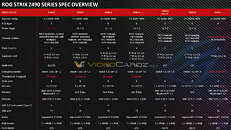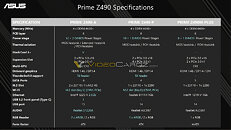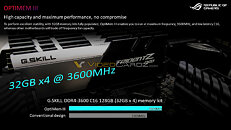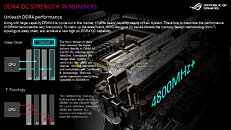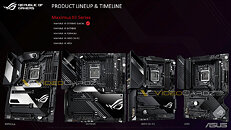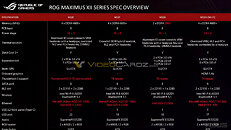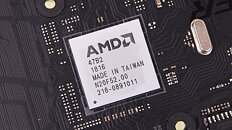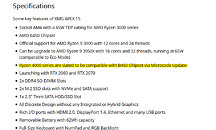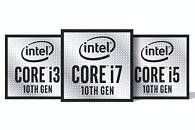
Assortment of Five AMD B550 Premium Motherboards Pictured
Here are the first pictures of an assortment of five premium AMD B550 chipset motherboards by five different manufacturers. With PCI-Express gen 4.0 (where it matters), CPU+memory overclocking, and multi-GPU being enabled for the B550, and more importantly, the chipset not needing any fan-heatsink, the B550 could be an important chipset for AMD in the battle to come against the 10th generation Core processor and Intel B460 chipset.
We begin with the MSI MPG B550 Gaming Pro Carbon WiFi, the company's most premium B550 offering, picking up the mantle from the immensely successful B450-based predecessor. The MSI board offers a single PCI-Express 4.0 x16 slot, that's reinforced, one M.2 PCIe gen 4.0 x4 slot, a second M.2 slot that's gen 3.0 x4; and a number of x1 slots. The board uses a 14-phase CPU VRM to support CPU overclocking. Connectivity includes 802.11ax WLAN, 1 GbE wired networking, a premium ALC1220-based AudioBoost solution, and heatsinks over both M.2 slots. As a Carbon, it features plenty of RGB LED embellishments.
We begin with the MSI MPG B550 Gaming Pro Carbon WiFi, the company's most premium B550 offering, picking up the mantle from the immensely successful B450-based predecessor. The MSI board offers a single PCI-Express 4.0 x16 slot, that's reinforced, one M.2 PCIe gen 4.0 x4 slot, a second M.2 slot that's gen 3.0 x4; and a number of x1 slots. The board uses a 14-phase CPU VRM to support CPU overclocking. Connectivity includes 802.11ax WLAN, 1 GbE wired networking, a premium ALC1220-based AudioBoost solution, and heatsinks over both M.2 slots. As a Carbon, it features plenty of RGB LED embellishments.
